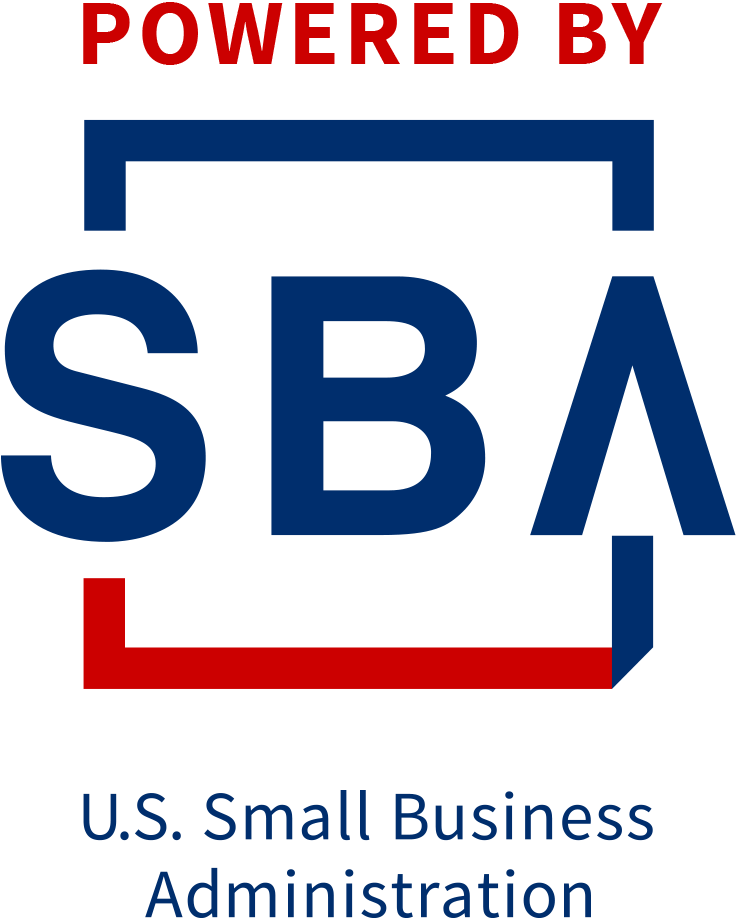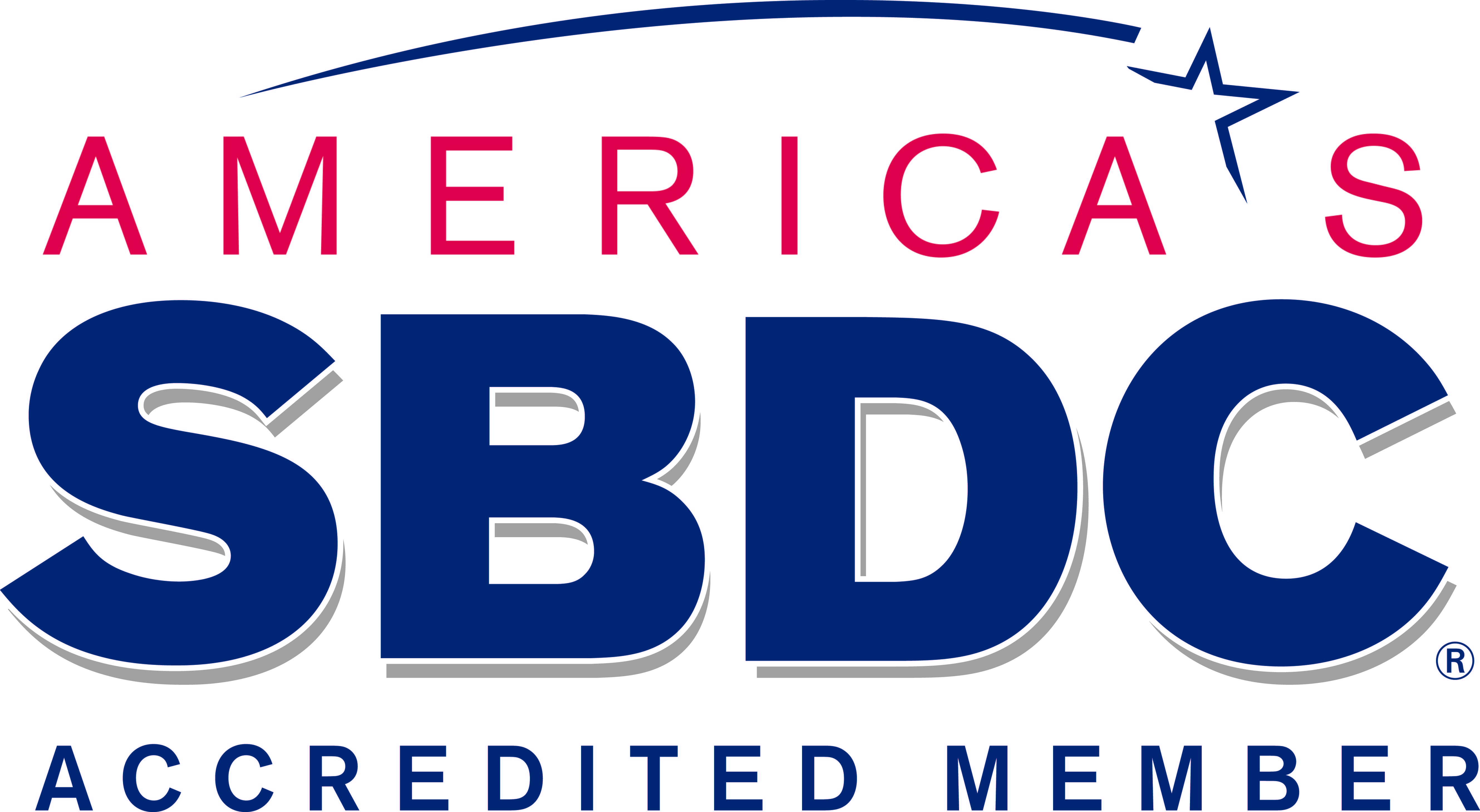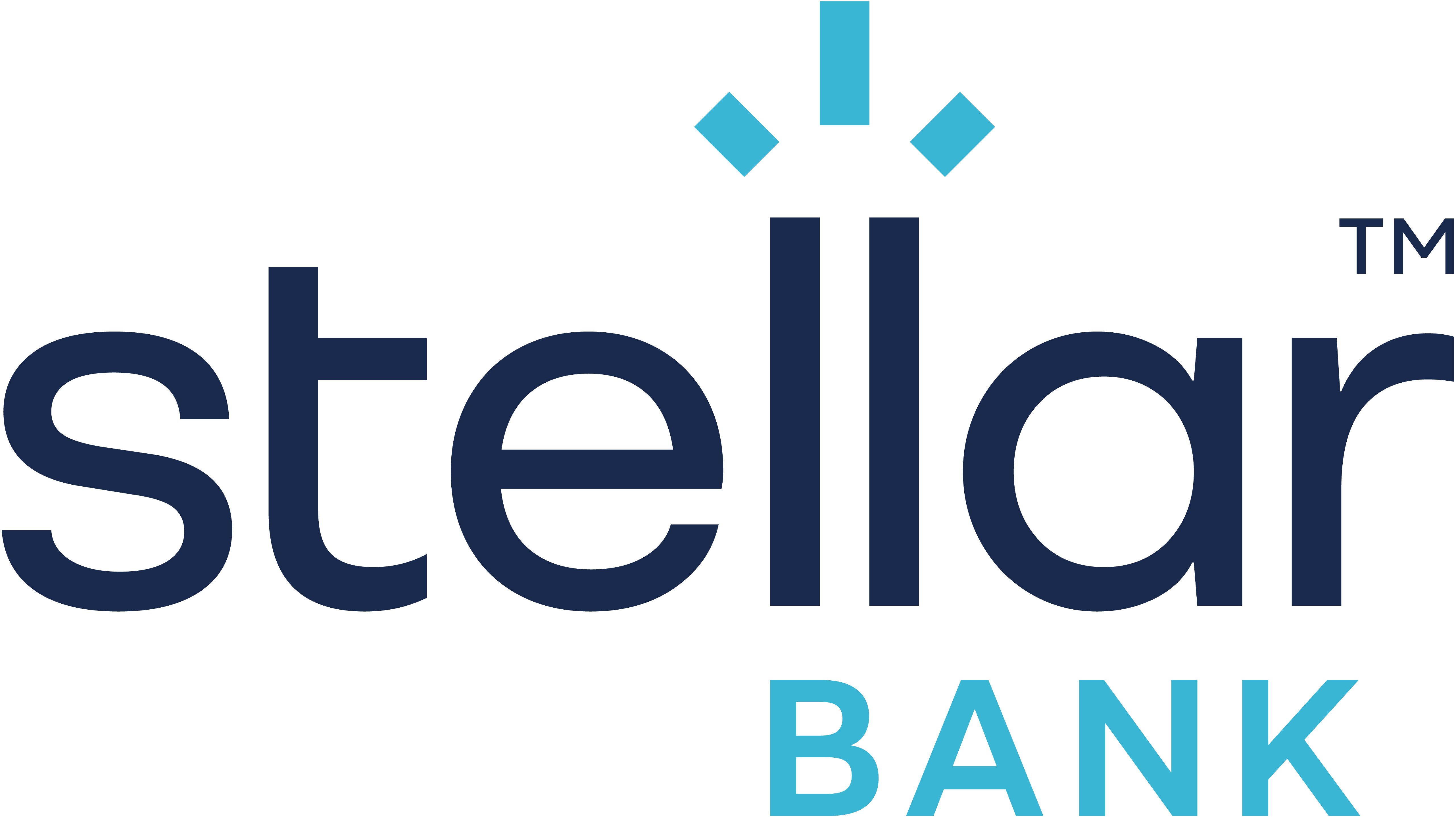Step-by-Step Guide: How to Build a Business Recovery Plan
By Tatyana Parham
In the midst of the coronavirus (COVID-19) pandemic, small businesses around the world are experiencing severe operational and economic challenges. In order to embrace small business recovery in such difficult times, business owners must proactively take the steps necessary to develop resilience in the face of a disaster. By creating a detailed business recovery plan geared towards the impacts of the pandemic, leaders are better equipped to respond efficiently and protect their employees, customers, and operations.
What is included in a small business disaster recovery plan?
A business recovery plan is a strategic guide that details processes created to prepare, respond, and recover in the event of an emergency. As the COVID-19 pandemic has a unique set of challenges, as compared to other natural disasters such as floods and hurricanes, it calls for a nuanced plan-of-action that will mitigate risks and allow for an expedient recovery.
An effective business recovery plan clearly outlines policies and procedures that highlight key information such as disaster risk and impact, critical stakeholders and operations, communication models, and strategy for business continuity.
Here are some key concepts to consider when creating a disaster recovery plan for your small business:
Prioritize employee health and safety
The health, safety, and wellbeing of your employees and customers should always be your top priority. Address any immediate needs and concerns first, including creating guidelines that support sick employees or those with sick family members. Consider expanding flexibility for typical work arrangements, and verify that you have the capacity to support a remote workforce. If telecommuting isn’t possible, ensure you have measures established that align with the current governmental health policies and support a safe working environment.
Identify COVID-19 risks and impact on your business
Conduct a risk assessment: Small business recovery begins with awareness of the potential risks that can adversely affect your business. A part of this may be to consider how operations will change in a worst-case scenario of 35 - 40% of your workforce being out sick, or how to reallocate your budget and preemptively avoid layoffs.
Other risks may include lack of access to public transport for employee commute, additional costs of establishing a remote workforce, national shutdowns prohibiting in-person contact, slowdown in sales, issues in supply chain and manufacturing, and even your business being forced to temporarily close. Prioritize critical business functions that are the most vulnerable, such as employee payroll inventory management, and outline how you can protect them. Once top risks are identified, you can assess which risks will generate the most substantial impact, so you can determine the most efficient use of your resources.
Analyze the impact: Understand how the identified risks can affect critical business functions, and map out potential impacts this can have on your business. For example, if you have to temporarily stop operations for six weeks, how will that affect your quarterly and yearly financial statements, and how can you minimize financial loss through alternative sources of income? Identify the gaps in your current processes that prevent your business from operating sustainably. This process is called a business impact analysis.
Designate a recovery team
After identifying your business’s prime vulnerabilities, designate a team of stakeholders that will be directly involved in recovery efforts. This team of key players should understand the business’s core competencies, and have the ability to consistently make choices that reflect the best outcome for the needs of the business. Be realistic about expectations for each individual, and ensure that you are a top leader throughout recovery in order to maintain employee confidence levels.
Establish transparent communication
Consistently focus on transparent and timely communication with all relevant stakeholders to ensure regular support throughout the pandemic, including employees, clients or customers, suppliers, landlords, and investors. Create an employee communication plan specifically intended for the event of a disaster, and consistently provide updates based on CDC guidelines and organizational priorities. Regularly inform customers of any impact on products, services, and delivery, and maintain steady contact with suppliers regarding their continued capability to provide essential materials.
Revise business strategy for continuity
As the pandemic progresses, significant shifts in consumer behavior will demand a different approach to sustaining your business. Proactively strategize how to minimize downtime and disruptions to daily operations. Perform a complete audit of your business and marketing plans to pinpoint what’s working, what’s not working, and what will best support your business in a worst-case scenario.
Creatively decide on a plan-of-action that will provide practical cost-effective strategies that reduce the impact of identified risks. Brainstorm how to protect cash flow and monitor utilization of resources, ensuring that you have more than enough to cover future expenses.
Continue to monitor external vulnerabilities that can impact the flow of business as well, including pressures on customers, partners, and suppliers. Devise multiple plans for multiple scenarios of varying intensity, to ensure full preparation for what’s ahead. Assess your wins and losses throughout the recovery process, and devise contingency plans that will enable your business to thrive moving forward. Although crises may have considerable impacts to the detriment of your business, they reveal opportunities for your business to generally improve in value, organization, or efficiency.
Maximize the use of alternative funding and support
To support business recovery, stay up to date with available local and federal assistance programs that offer disaster relief. Visit our online hub for COVID-19 resources here.







